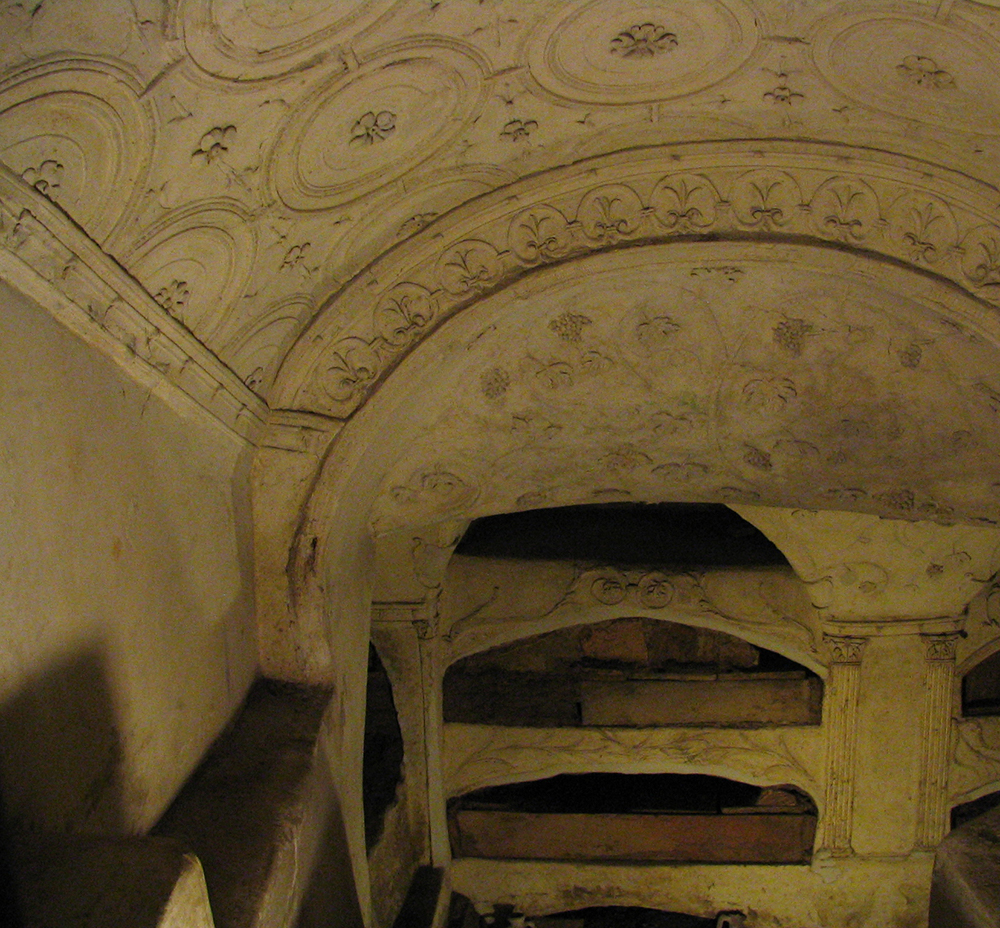They remind us of the dedication of the very first Christians, who brought their faith in Christ’s Resurrection to the burial of the dead.
Lenten Campaign 2025
This content is free of charge, as are all our articles.
Support us with a donation that is tax-deductible and enable us to continue to reach millions of readers.
The feasts of All Saints’ Day and All Souls’ Day, today and tomorrow, are when Catholics all around the world celebrate the saints and pray for the dead. On such days it is worth remembering that the very first Roman Christians turned their tombs into places to remember the martyrs, pray for the dead, and celebrate their belief in the Resurrection.
Like all Roman burials, Christian burials were required to take place outside the walls of the city. But rather than simply entombing the dead, Christians — who were often persecuted and unable to declare their faith publicly — constructed underground burial chambers called catacombs, where the dead could be remembered and prayed for. These hidden chambers were decorated with signs of faith that Christians could not ordinarily share on the streets of Rome. Later, many functioned as chapels or churches for the celebration of Masses for the dead. Today, the catacombs are still visited by people of all faiths, drawn to the hope displayed there.
Here is a list of the most inspiring catacombs of Rome:
Catacombs of Callixtus
Also known as the “Crypt of the Popes,”as the crypt contains the remains of several popes that were buried here between the 2nd and 4th centuries, the Catacombs of Callixtus are one of the best preserved from early Christianity. This network of tunnels was created by order of Pope Callixtus I and contains the remains of 60 popes and 50 martyrs of early Christianity. The well-preserved burial site was discovered by Italian archaeologist Giovanni Battista de Rossi, who, thanks to ancient Greek inscriptions, could identify the tombs of at least five popes: Pope Pontian, Pope Fabian, Pope Lucius I, Pope Eutychian and Pope Anterus.
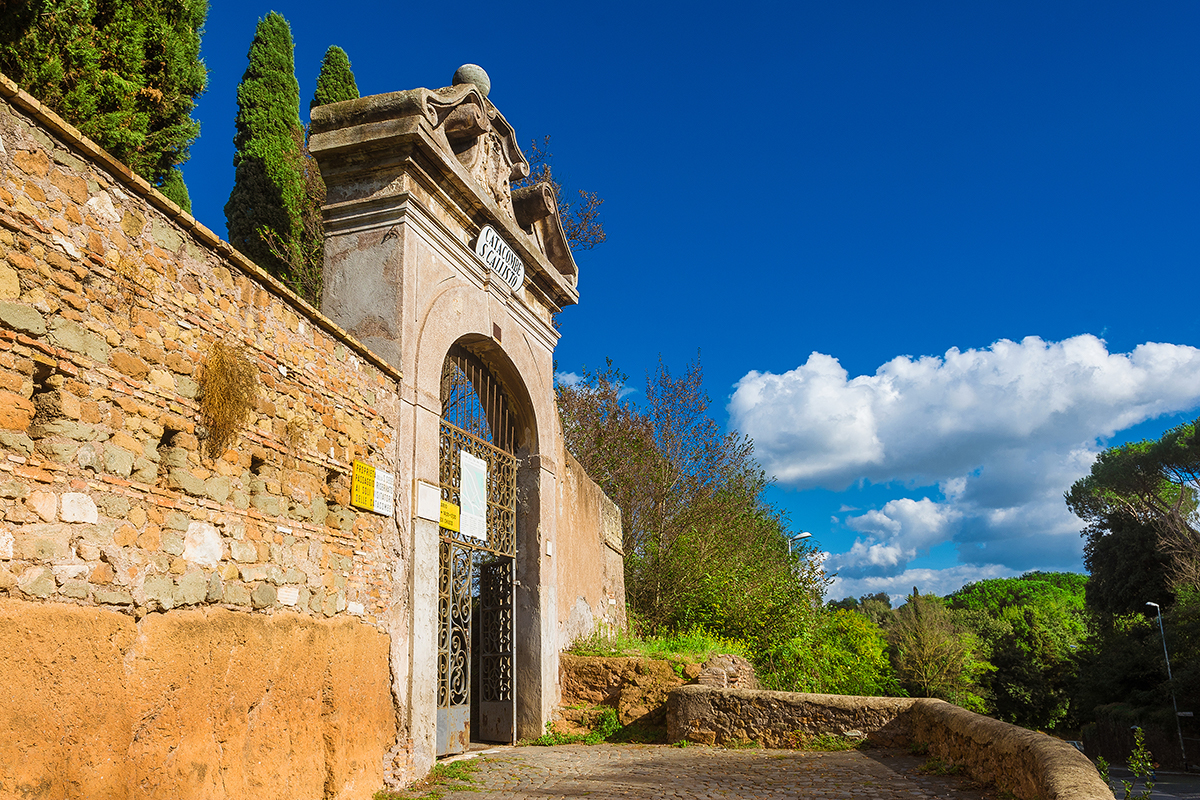
Catacombs of Praetextatus
Built over an existing burial site for Roman aristocrats, the Catacombs of Praetextatus functioned for a while as a basilica and as the base for early popes including Pope John III (561-574). Among the saints buried here are Urban, Felicissimo, Agapitus, Quiring and Gennaro. This nearly 2,000-year-old structure is one of the most elaborately decorated catacombs in Rome, featuring Carrara marble, engravings depicting biblical scenes such as the coronation of Christ with the crown of thorns, and impressively preserved frescoes depicting the four seasons.
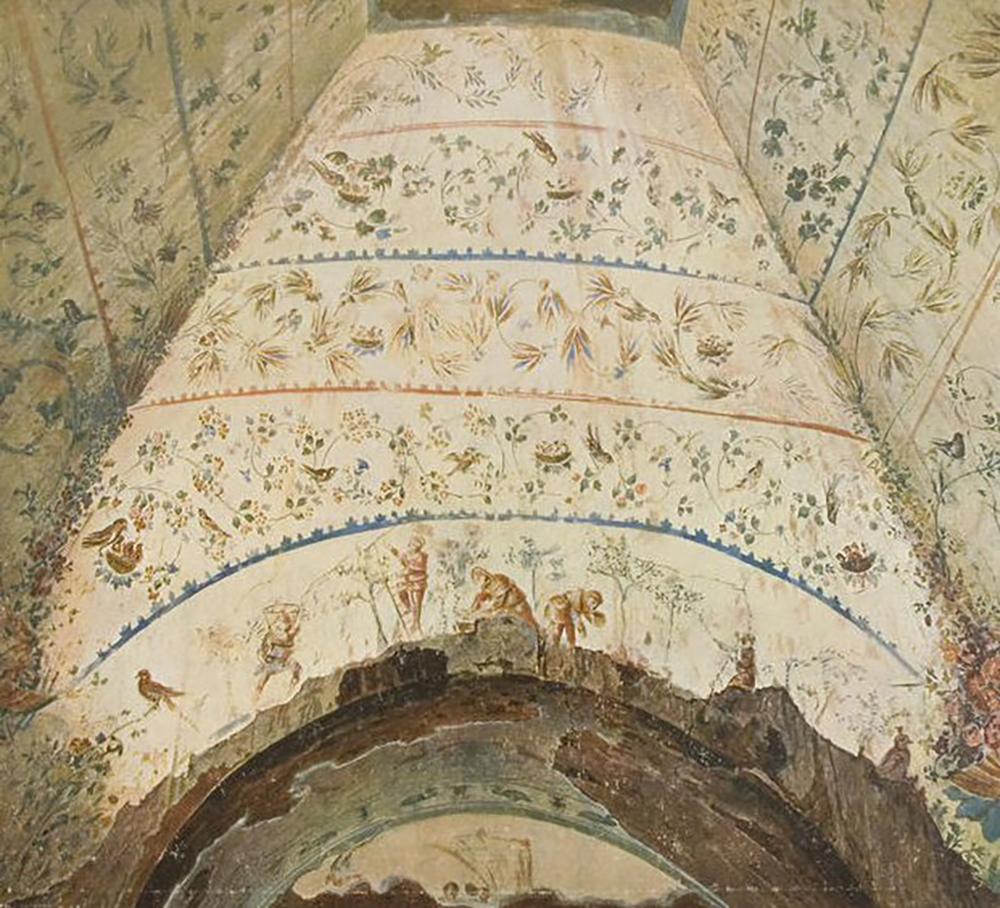
Catacomb of Priscilla
Famous for containing what may be the earliest depiction of Mary, pictured in a fresco as she is tending to the Christ child, the Catacomb of Priscilla was built in the 2nd century over an existing quarry and named after the Consul Manius Acilius Glabrio, who was killed by order of Emperor Domitian after converting to Christianity. It was long known as “The Queen of Catacombs” due to the fact that notable popes were buried here, including Marcellinus and Marcellus. and it is still regarded of of the most important sites containing paleo-Christian art. including frescoes from the 3rd century depicting Old and New Testament scenes.
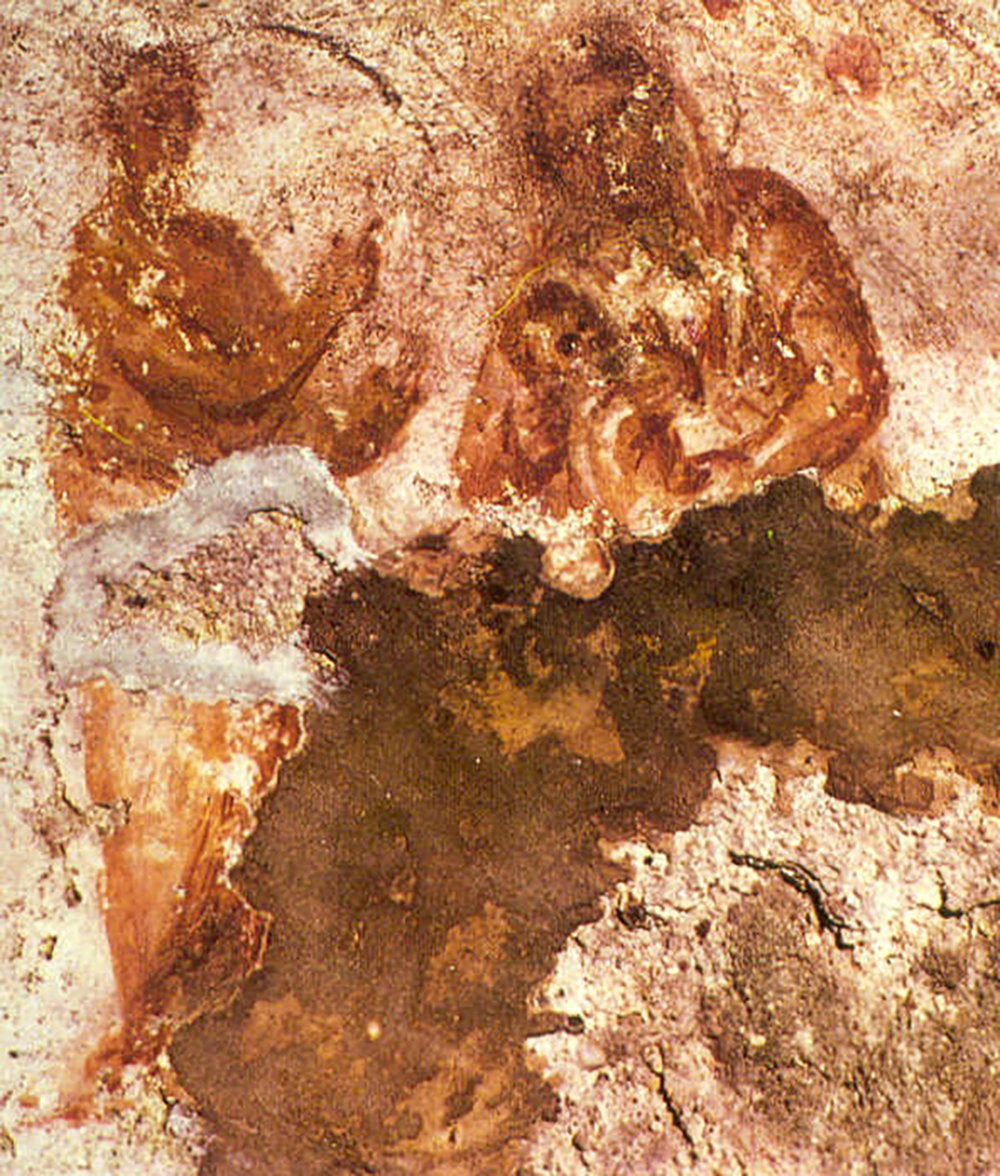
Catacombs of St. Thecla
Experts still debate whether St. Thecla was built for the eponymous saint mentioned in the Legend of Saint Thecla or for another local noblewoman who shared that same name. But the Catacombs of St. Thecla are surely one of the most interesting burial sites of early Christianity, containing some of the earliest Christian imagery, including what many consider to be the earliest depiction of the Apostles. In 2008, an image of the Apostle Paul dating to 380 was rediscovered under layers of calcified stone, revealing a vivid portrait that combined red and black, the typical color palette of ancient Rome.
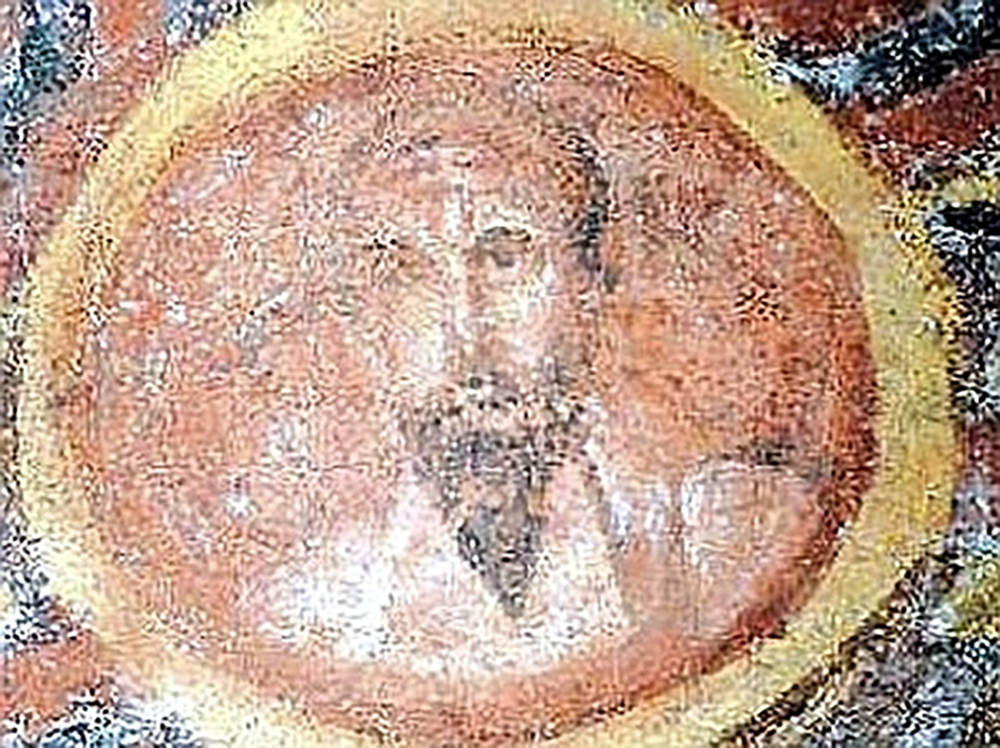
Catacombs of St. Sebastian
Located in the Via Appia Antica, the Catacombs of St. Sebastian are one of the very few burial sites that have consistently been accessible across the centuries. According to ancient written records, notable martyrs buried here include Sebastian, Quirinus and Eutychius, while some texts even report that the remains of Peter and Paul were hosted in these grounds for a period of time. Archaeologists were able to confirm that the ancient burial grounds were used for Christian burials thanks to the discovery of early Christian symbols on its walls, such as the anchor and the fish, as well as more than 600 graffiti with invocations to the Apostles Peter and Paul.
